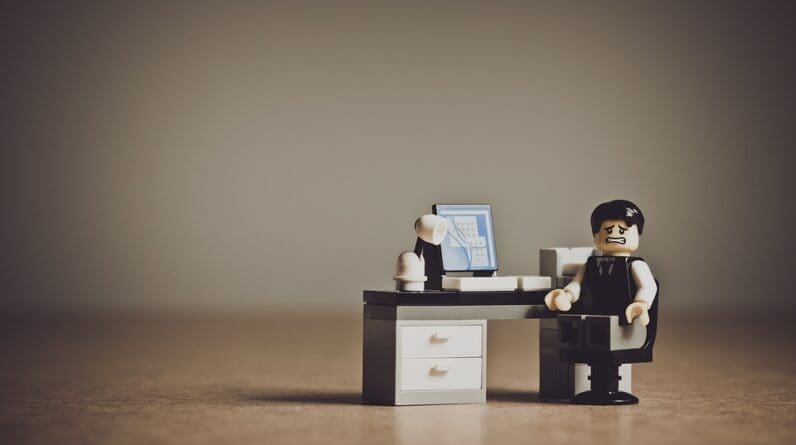
The Psychology of the Home Office: How Environment Influences Work Performance
The home office has become an increasingly popular work environment, especially in recent years with the rise of remote work and flexible schedules. As more and more people work from home, it’s important to understand how the environment of the home office can impact work performance.
Psychologists have long studied the influence of environment on behavior, and the home office is no exception. The physical layout, design, and ambiance of the home office can have a significant impact on work productivity, creativity, and overall well-being.
One of the key factors that influence work performance in the home office is the level of comfort and ergonomics. A comfortable chair, an adjustable desk, and proper lighting are essential for maintaining physical well-being and preventing fatigue and discomfort. When people feel physically comfortable in their workspace, they are able to focus better and maintain higher levels of productivity.
In addition to physical comfort, the visual and auditory environment of the home office also play a crucial role in work performance. A cluttered and disorganized workspace can create distractions, increase stress, and lead to decreased productivity. On the other hand, a well-organized and aesthetically pleasing workspace can promote focus, creativity, and a sense of calm.
Natural light and views of nature have been shown to have a positive impact on mood and well-being, which can in turn improve work performance. Studies have found that access to natural light and views of nature can reduce stress and increase job satisfaction. Therefore, it’s important to set up the home office in a way that maximizes exposure to natural light and provides views of the outdoors.
The impact of color on mood and behavior is another important aspect to consider when designing a home office. Different colors have been shown to evoke different emotional responses, so it’s important to choose colors that promote focus, creativity, and a sense of calm. For example, blue is often associated with calm and concentration, while yellow is linked to energy and positivity.
Finally, the presence of personal touches and meaningful objects in the home office can also influence work performance. Photos, artwork, and other mementos can create a sense of connection and inspiration, which can help boost motivation and creativity.
In conclusion, the environment of the home office plays a significant role in shaping work performance. By creating a comfortable, organized, and visually appealing workspace, individuals can maximize their productivity, creativity, and overall well-being. It’s important to pay attention to the physical, visual, and auditory aspects of the home office in order to create a conducive environment for optimal work performance.







